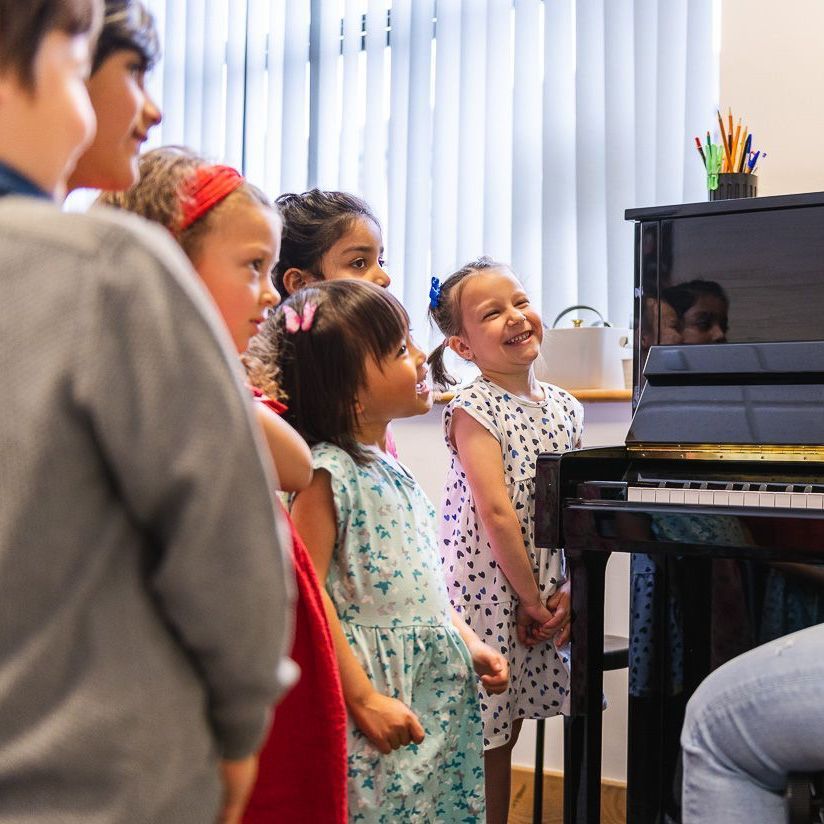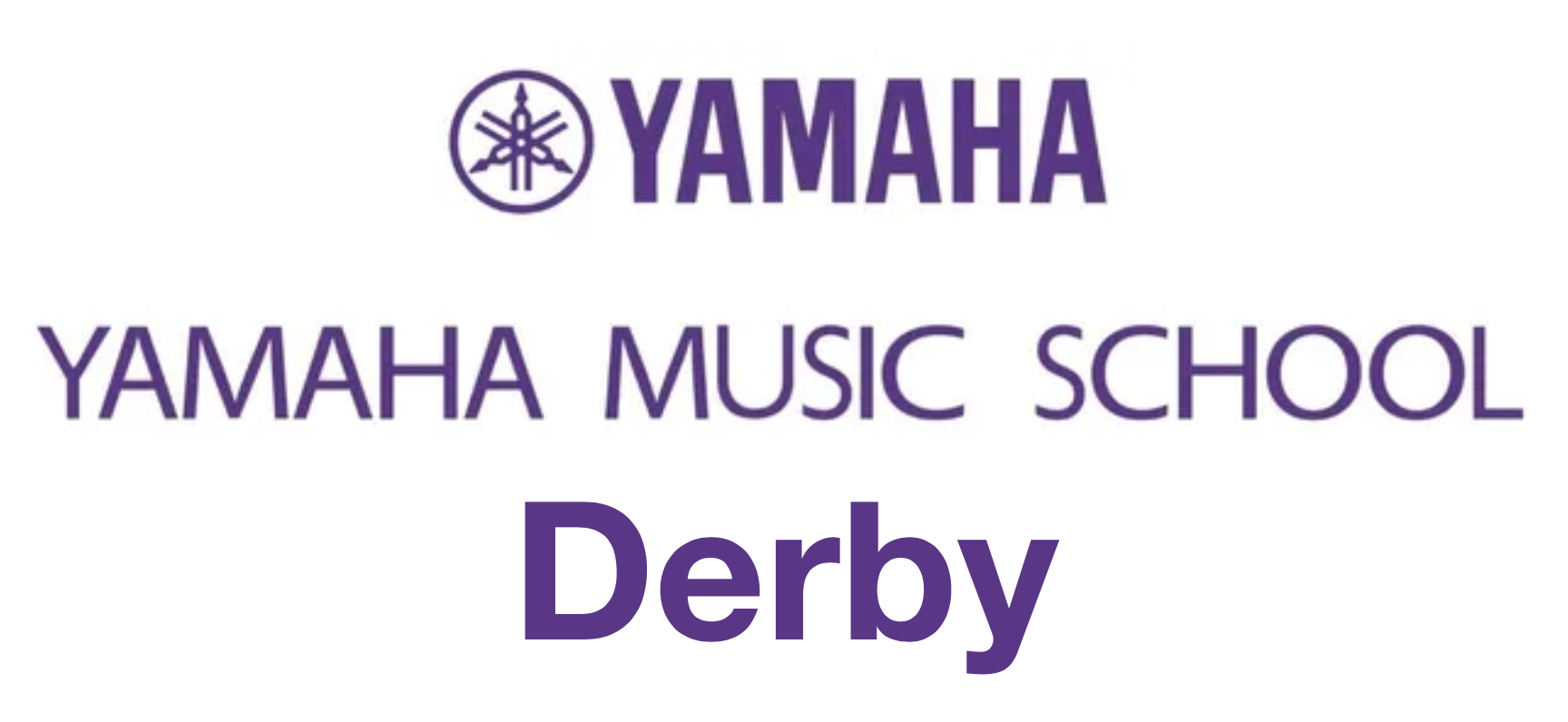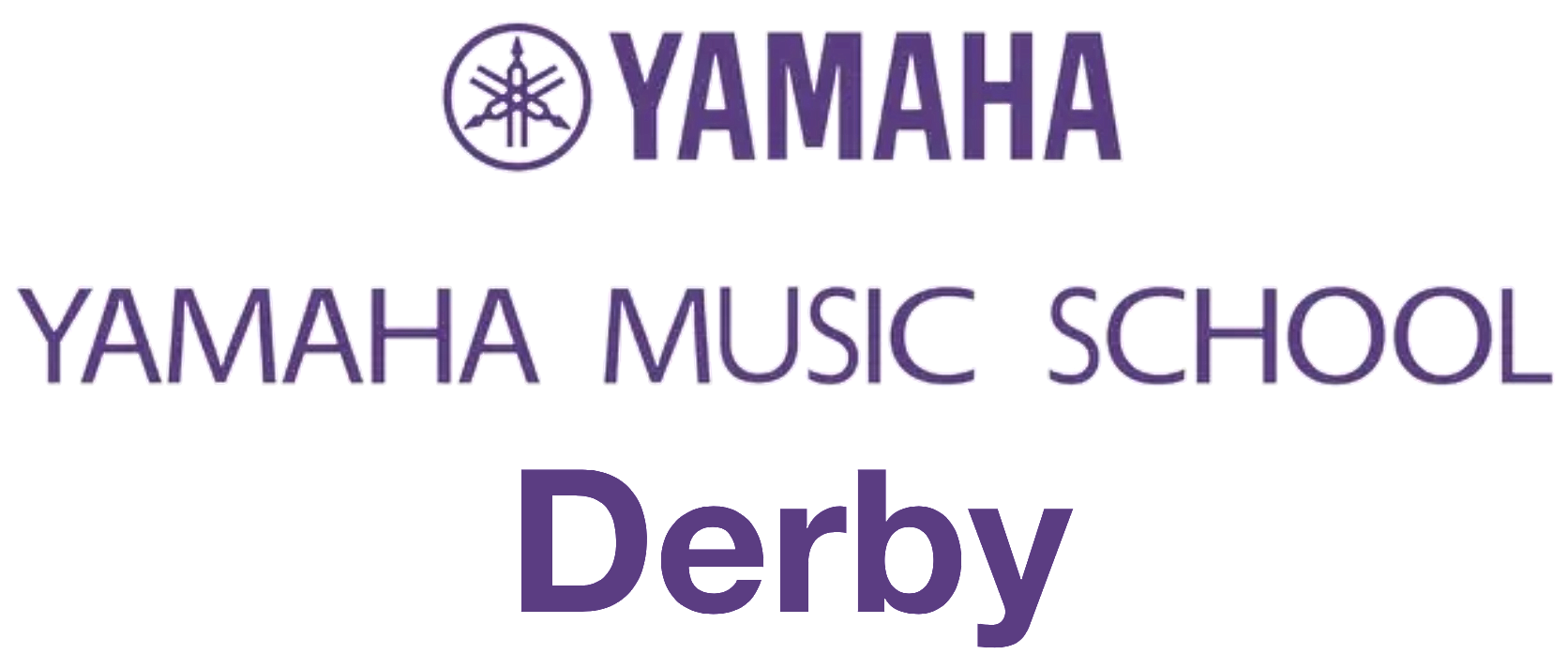
Class lessons v. One-To-One Lessons
What is the best environment for children to learn?
One of the things we hear a lot from new parents is “…but private lessons are better aren’t they?”
It does seem that this is the established opinion of many looking for music lessons for their child, but where did this belief come from?
What is most natural for children?
Scientists will tell us that it is built into our DNA to belong to a group. This is how we evolved - we are programmed to learn from each other and anyone who is cut off from their group or tribe is a rarity, often used as a method of punishment.
When it comes to children learning a musical instrument, why should that be different?
One-to-one lessons (private lessons) certainly can have their place, but there is strong evidence to support the power of learning in a group!
How do class lessons work?
The Yamaha Education System, which has been developed over many years, has a specially designed curriculum with class learning in mind and provides holistic musical training. However, to succeed, there there must be the right conditions…
- To be the same or similar age - with children this is vital as different age groups go through rapid stages of brain and body development at certain times.
- To be the same standard - in order for children to learn together at the same time and progress at the same rate. For example, beginners must start lesson one together.
- Teachers need to have obtained the right level of ear-training - to be able to distinguish everyone and hear what is going on when everyone is playing together.
- Teachers need to be confident with all the different stages of physical and psychological development that children go through
- in order to be able to deliver the most appropriate lesson content at the right time. Yamaha call this ‘Timely Education’.
Once these conditions are established, children can thrive and gain a much broader experience of music by learning in a class lesson with peers, rather than one-to-one lessons.
They will share a common goal and will support each other with their musical learning - all leading to confident musicians with a robust set of skills that can be transferred from one scenario to another.
Why We Keep Our Group Classes Small (and Why It Works!)
1. Personalized Attention
In a typical Yamaha class of 8, every child is seen and heard. Teachers can monitor each student’s progress, correct posture and technique, and ensure no one gets left behind. Unlike in larger groups, students don’t get lost in the crowd.
2. Social Motivation
Children love learning alongside peers. In small groups, students encourage each other, celebrate milestones, and feel motivated to practice so they can keep up with their classmates. This social element adds excitement to learning and helps music become a shared joy, not just an individual task.
3. Confidence Building
A small group provides a supportive audience. Students gain confidence performing in front of others without the pressure of a large class or recital hall. They also learn to listen, take turns, and develop ensemble skills—qualities that are difficult to practice in private lessons alone.
4. Active Participation
In large classes, it’s easy for some children to disengage. In a group of 8, everyone participates. Whether it’s singing solfege, clapping rhythms, or playing a melody, each child is actively involved in the music-making.
5. Balance Between Individual and Group Learning
Small groups offer the best of both worlds: the structure of ensemble playing and the personal guidance usually associated with private lessons. Students benefit from hearing each other, working together, and also receiving direct feedback from the teacher.
6. Why 8 Is the Perfect Number
Eight isn’t just small—it’s ideal. With this class size:
- There are enough students with different strengths and weaknesses for children to learn from one another.
- Students can help each other through challenges while sharing successes.
- A natural sense of friendly competition motivates children to stay engaged and keep improving.
Too few students can feel isolating, and too many can be overwhelming—but 8 strikes the perfect balance.
7. Stronger Progress Over Time
Because students are engaged, supported, and challenged in equal measure, small groups tend to see more consistent progress. Children not only learn their instrument—they also build listening skills, teamwork, and musical confidence that prepare them for lifelong musicianship.
Our Commitment to Small Classes
At our school, keeping groups small is not just a teaching choice—it’s a commitment to quality. By limiting our classes to 8 students, we make sure every child has the chance to shine, to learn from peers, and to be motivated by the group around them.
Every child has the space to grow, shine, and truly enjoy the journey of learning music.








